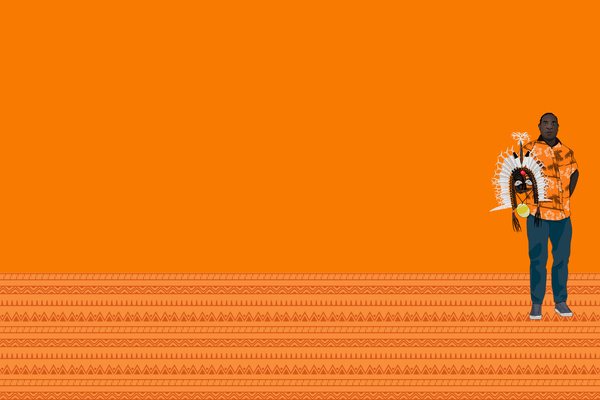Hurley and the Torres Strait Diver
New research by art historian Ann Elias in her book Coral Empires uncovers the full story behind photographer Frank Hurley's iconic images of pearl diving in the Torres Strait in the 1920s.

© Australian Museum
Photographer Frank Hurley had long had a fascination with the elusive possibilities of underwater photography. In the 1920s, cameras were not watertight and to get the first images of underwater life photographers had to use glass-bottom boats, submersibles and aquariums. He was captivated, too, by the adventure and danger of 'dress diving' and the pearl divers of the Torres Strait.
In 1921 Hurley travelled to the Torres Strait to find out how these brave men collected their pearl treasure from the dark, deep sea floor. He published his stories and photographs in the Sun in 1921 using photographs that appear to show pearl divers collecting shells in a string basket. In fact, as Elias shows, the photographs mimic popular, romanticised, racist and primitivist ideas about divers, especially the iconic imagery of Jules Verne's Twenty Thousand Leagues under the Sea, than to the tough reality of forced labour and low paid, dangerous work by mostly Japanese and Malaysian divers. Hurley's newspaper account even contains this unselfconscious but alarming passage: 'I have blackened up! The reason is to disguise myself as a native, so that when swimming, prowling sharks may not single me out in preference to the others.'
Slightly different copies of the 'underwater' diver images are held in the Australian Museum's Photographic Archive and at the National Library of Australia. Elia's work uncovering the history of the production of the images means that it is now certain that the photographs are composites. Hurley did not go underwater with his camera in the deep, fast-moving currents of the Torres Strait, instead photographs of the suited divers were taken on safe, dry land. The background water – still and clear - and colourful fish were then added during production of the final image. These are the same techniques of staging scenes and combining negatives that Hurley controversially used in his famous WWI battlefield photography.
It's probably unsurprising to find out that the photographs tell us more about Hurley's search for masculine authenticity - and the popular 1920s cultural romance with the exoticism and mystery of pearl diving - than they do about the lived reality of a pearl divers' short, dangerous lives.
For the full account, see Anne Elias 'Hurley and the Torres Strait Diver' in Coral Empire: Underwater Oceans, Colonial Tropics, Visual Modernity. Duke University Press, 2019











